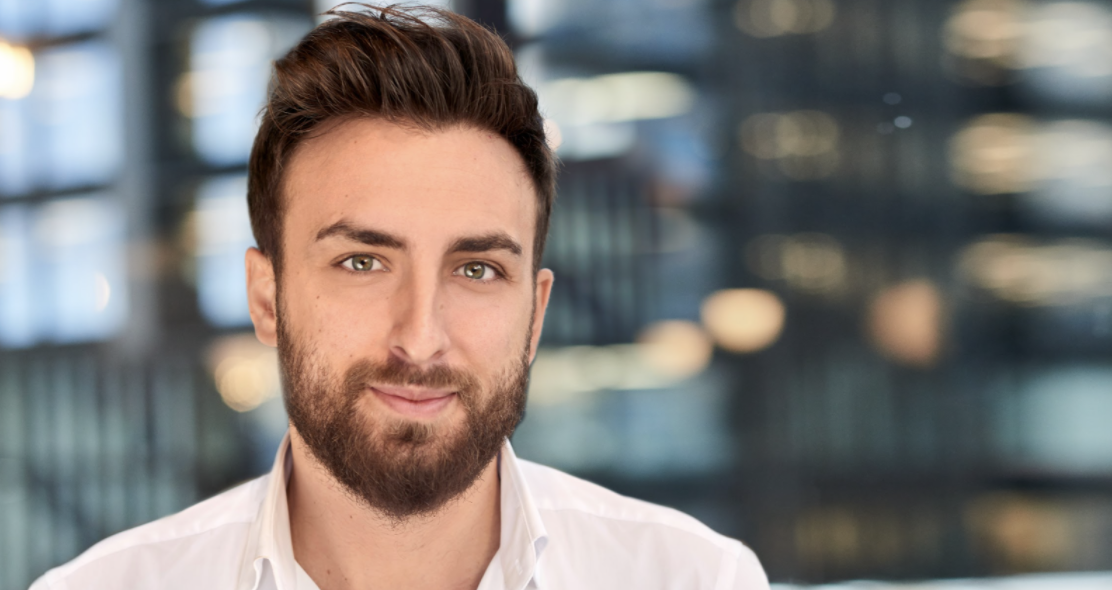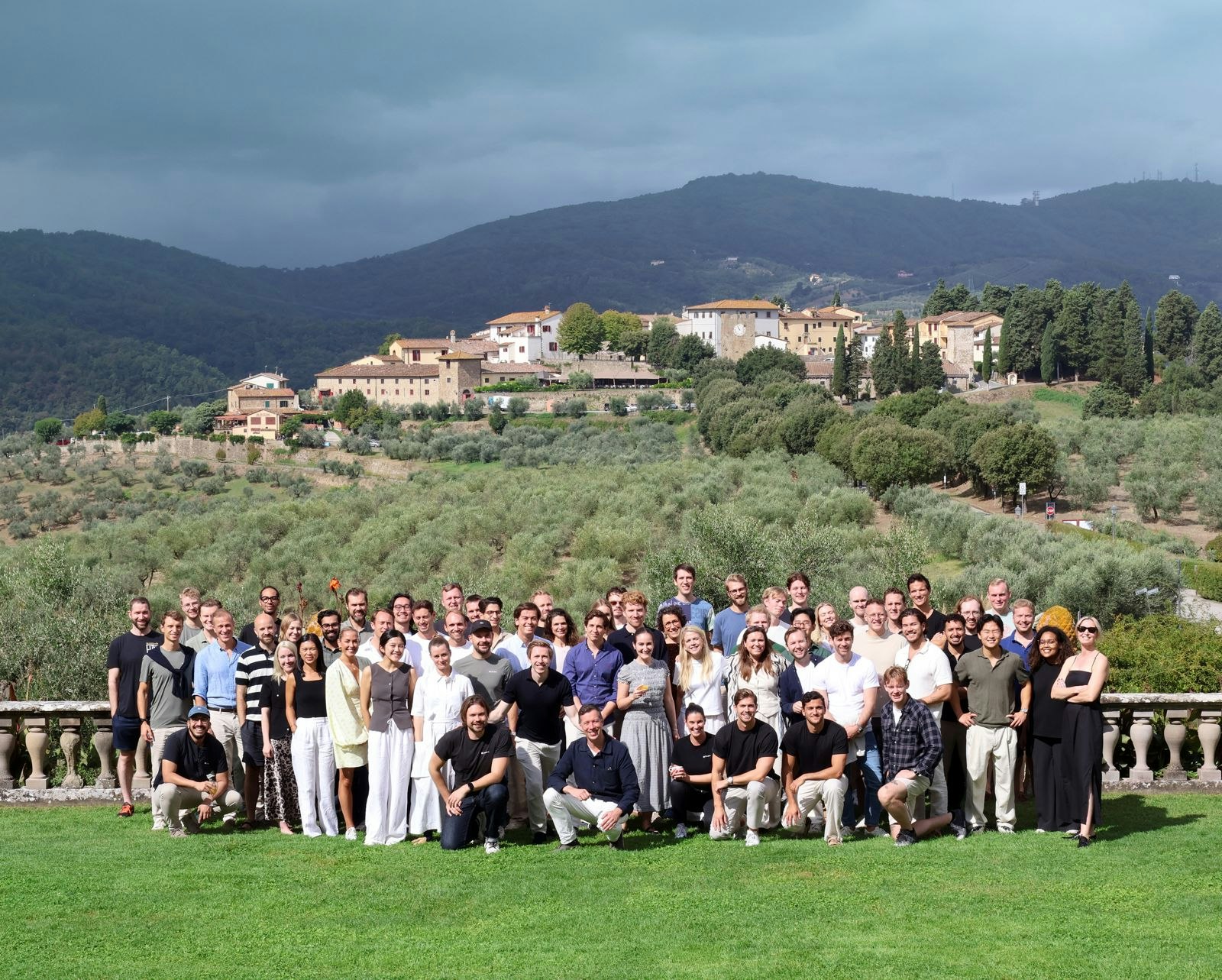Drug discovery and development is an arduous, expensive process that usually results in failure. An estimated 90% of clinical drugs don’t make it to market, after an R&D process that can take as long as 15 years, and cost up to $2bn.
With AI, those numbers could be dramatically improved. Drug development could become more efficient, clinical trials could happen faster and production processes could be optimised so that every batch is just right. But to drive progress and unlock billions of dollars in value, the pharmaceutical sector needs to learn how to use AI-powered technologies at scale.
Sanofi, a global pharmaceutical and healthcare company headquartered in Paris, is one company which recognises this. It recently announced the launch of a new digital manufacturing and supply (M&S) accelerator in Lyon, where Sanofi employees will use AI to find and scale new innovations that will deliver life-changing treatments to patients faster, sometimes in partnership with startups.
Daphné Leprince-Ringuet, Sifted’s senior French tech reporter, sat down with Emmanuel Frenehard, chief digital officer, Sanofi, and Brendan O’Callaghan, executive vice president for manufacturing and supply, Sanofi, to find out more.
1/ Drug discovery is hard, but scaling up the manufacturing and supply of new drugs can be even harder
O’Callaghan said Sanofi could potentially launch more than 40 products by 2030. M&S is the bridge between science conducted in the lab and the patients that need the treatments. That creates real pressure to deliver faster, despite the complex nature of the process.
We see a real opportunity for AI to help us do things at speed and at scale.
“You’re talking about hundreds of upstream suppliers, external contract manufacturers, plus our sites,” said O’Callaghan. “It’s a very broad ecosystem that’s got to come together seamlessly to deliver the medicine of choice, in the quantity that you need, at the quality that patients expect.”
O’Callaghan anticipates AI will help accelerate the time it takes for a new drug to reach the market, while maintaining the safety and quality required.
“It probably takes 10-12 years to develop and commercialise a new product. We have an objective to reduce those cycle times by at least 12 months — a year that can make a difference in a patient’s life,” he added. “We see a real opportunity for AI to help us do things at speed and at scale.”
2/ Digital accelerators help pharma innovate with confidence
Sanofi’s strategy has been to create digital accelerators whereby product oriented delivery (POD) teams are using AI to solve a specific departmental challenge. The latest – in Lyon – will be focused on M&S, but there have also been others working with teams in commercial and R&D.
They’re the Trojan horse to change our ways of working.
“They’re the Trojan horse to change our ways of working,” said Frenehard.
Some of the key innovation projects for the digital M&S accelerator include one-click tech transfers (the movement of tech, knowledge and skills), which will streamline the journey from R&D to manufacturing, and the use of digital twin technology (a virtual representation of a system or process). By simulating the process of scaling a drug created in the lab, Sanofi gets “assurance we can execute that transfer to commercial scale manufacturing right first time. We don’t have to do technology batches, which cost time and money”, said O’Callaghan.
Agentic AI is also being used to write first drafts of the research dossiers, which, according to Frenehard, saves months of time when filing approvals for new drugs with the health authorities, to ensure compliance with evolving regulatory standards.
3/ It’s not just about technology, it’s also a mindset shift
Frenehard emphasised that although there’s much excitement around the capabilities of AI technology, the change in company mindset is just as important. AI tools, upskilling programmes and the digital accelerators are helping Sanofi democratise the use of data and AI technology, and encourage a more innovative mindset across the organisation.
“It’s a massive cultural shift, technology is just one part of the equation,” he said. “AI has become a sidekick to our scientists. If scientists wanted to interrogate our history of experiments, it used to be quite complicated and required programming languages. Now, you can describe your query in natural language and the system will respond in a very understandable way.”
4/ Co-creating with external partners drives progress
Sanofi is collaborating with a range of external partners to advance their AI strategy. On the production side, the precision engineering team at McLaren Racing has helped the company identify and solve inefficiencies in the manufacturing process. So far, McLaren has improved the production line’s overall equipment effectiveness by as much as 25%. The plan is to expand this to other areas of the business to better predict demand and reduce stockouts.
It’s important to not be in an echo chamber.
Through accelerators, Frenehard said Sanofi has partnered with: Exscientia to create an end-to-end AI platform for drug discovery and translational research; BioMap to create advanced AI models and protein LLMs; and IGM Biosciences to discover agonists against oncology and immunology targets.
“I'm not a huge fan of the client/supplier relationship,” Frenehard said. “Large companies like us need to be able to bring [startups] into the fold, work the way they work, rather than reducing the speed or creativity of those startups to make them conform. It’s important to not be in an echo chamber.”
5/ Scepticism is healthy, and the principles of responsible AI should be paramount
Pharmaceuticals can be a risk averse sector. How does Sanofi balance the need to move fast with not taking any risk? Frenehard acknowledged the need to put parameters in place to ensure they’re using the technology in a responsible, ethical way.
I personally think our opportunities here are only constrained by the limits of our imagination.
“It's important to have a human in the loop with everything you do and that outcomes can be explained. These recommendations can’t be a black box,” he said.
Scepticism is a healthy thing, O’Callaghan added. But he’s invigorated by the real opportunity that AI represents — to get new treatments into the hands of patients.
“I personally think our opportunities here are only constrained by the limits of our imagination,” he said. “If we can capture the potential of AI to create the next wave of medical innovations faster, more reliably, and at a higher quality than we do today, that’s a phenomenal place to be.”




